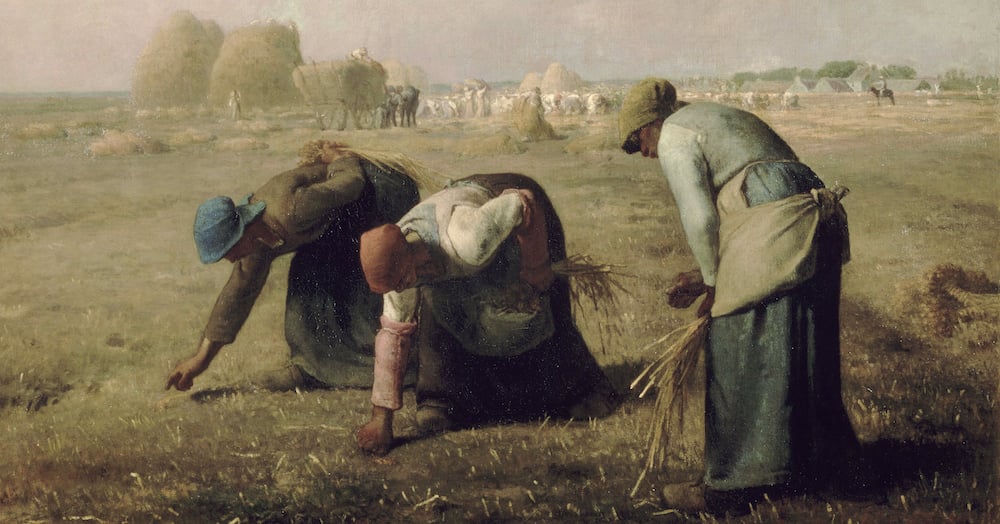Every good story has a good back-story. Ridley Scott made two prequels to his popular Alien franchise. This past year Amazon offered Rings of Power to the Lord of the Rings trilogy as a prequel. The Godfather had The Godfather II provide both a back-story and a continuation to its saga. James Bond had Casino Royale serve as the prequel. Star Wars had . . . well, never mind.
Login to read more
Sign in or create a free account to access Subscriber-only content.
